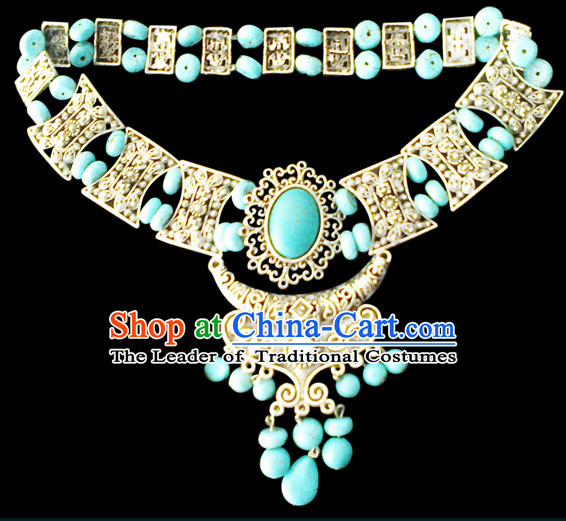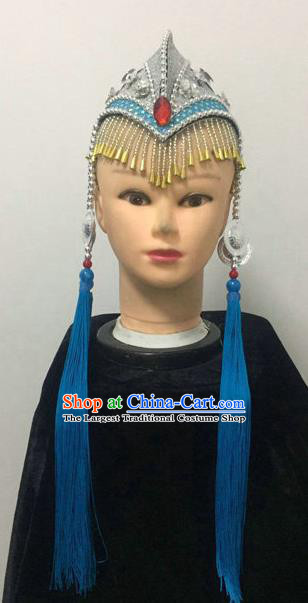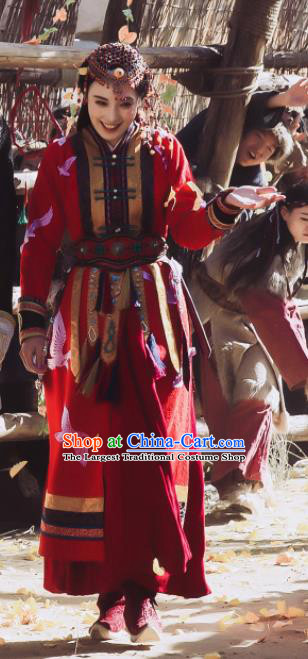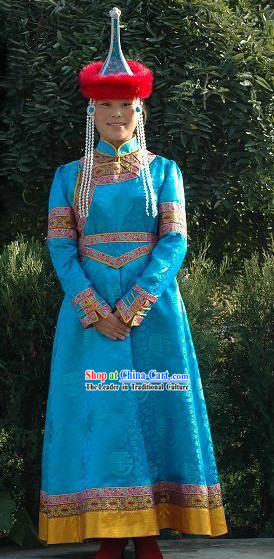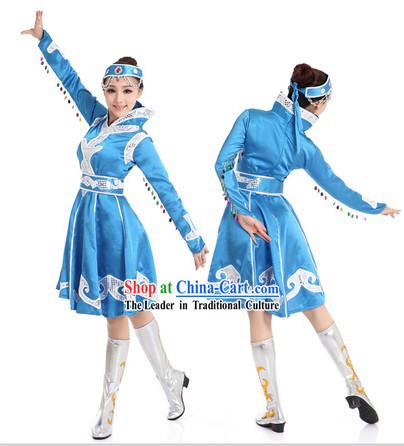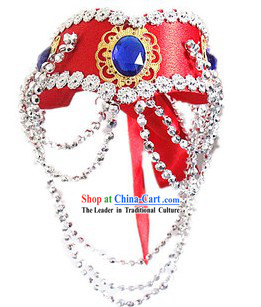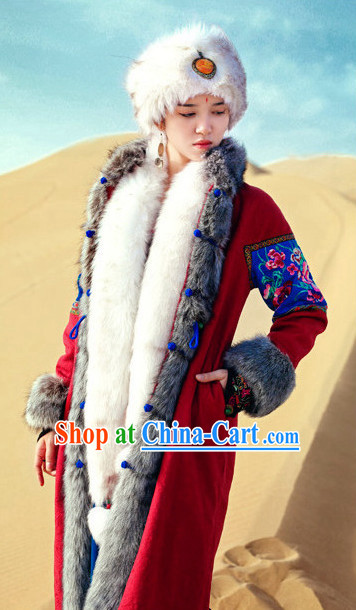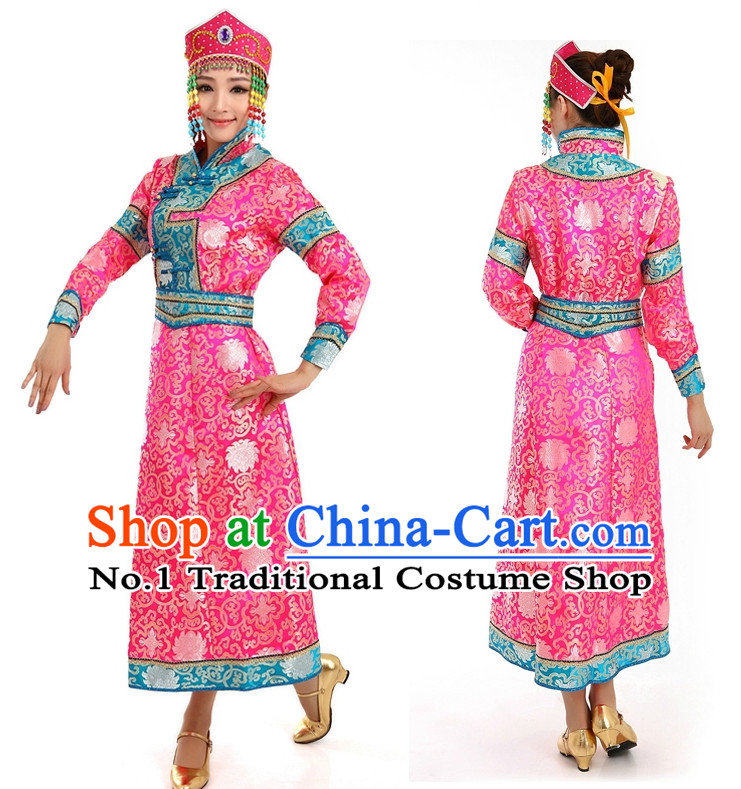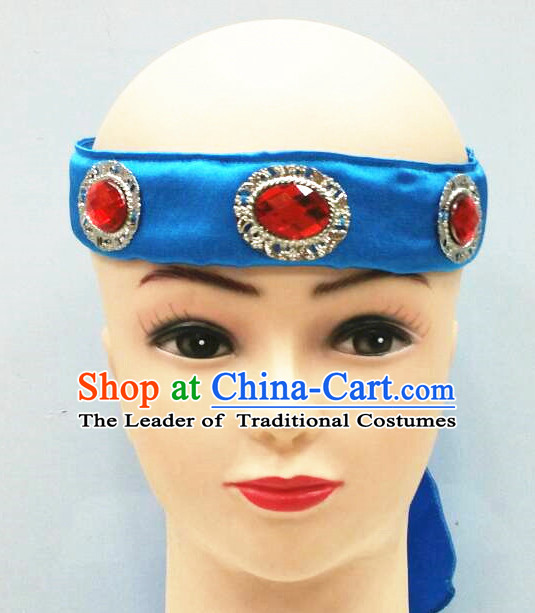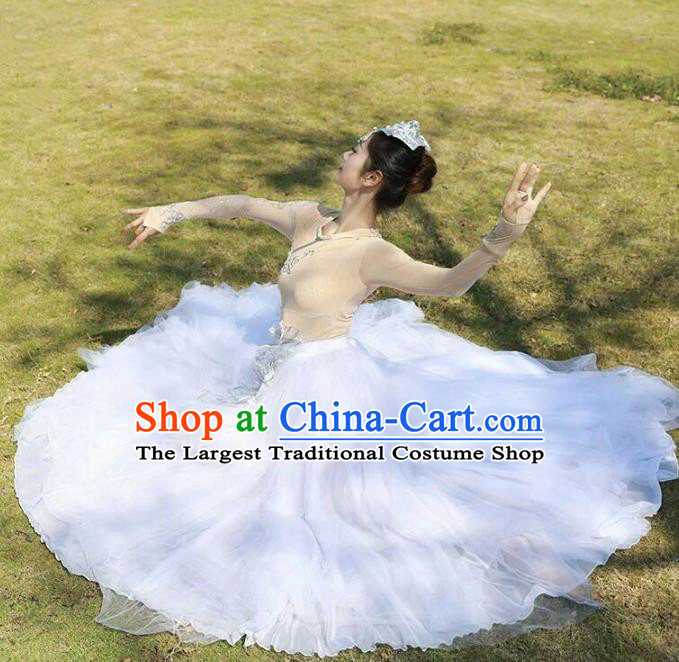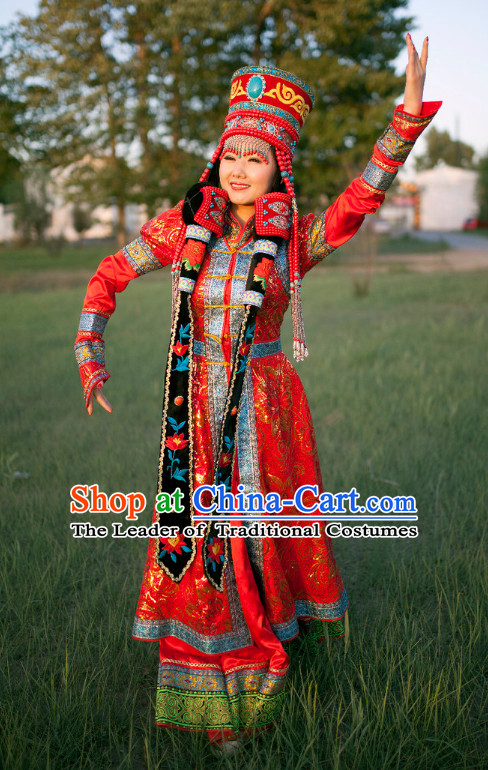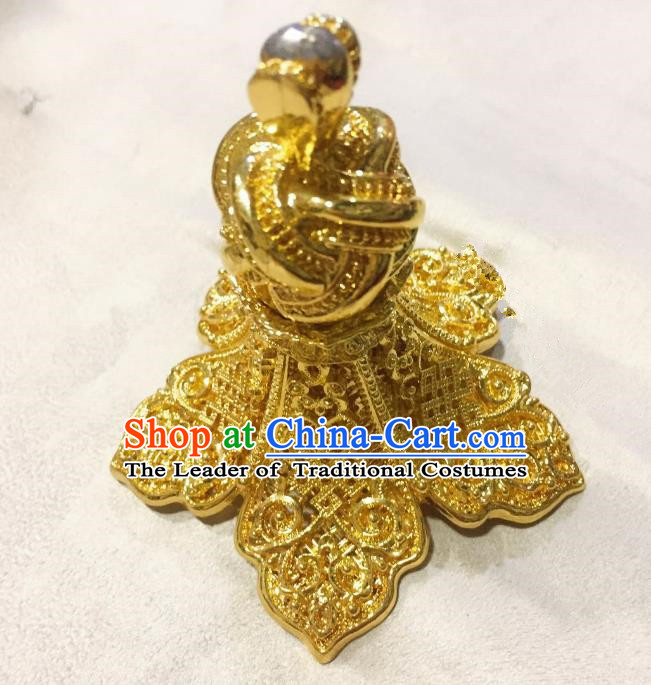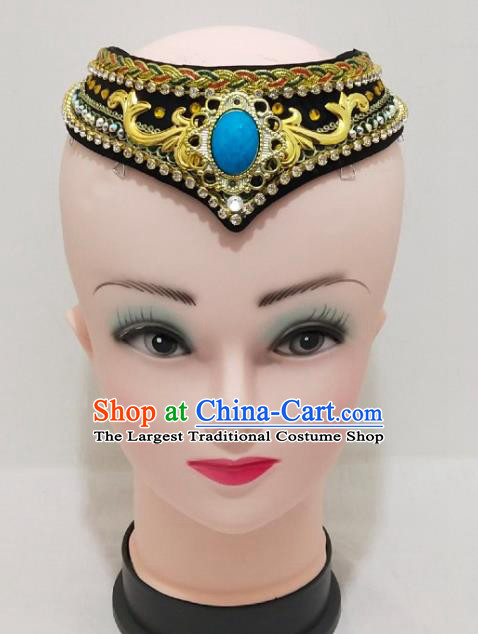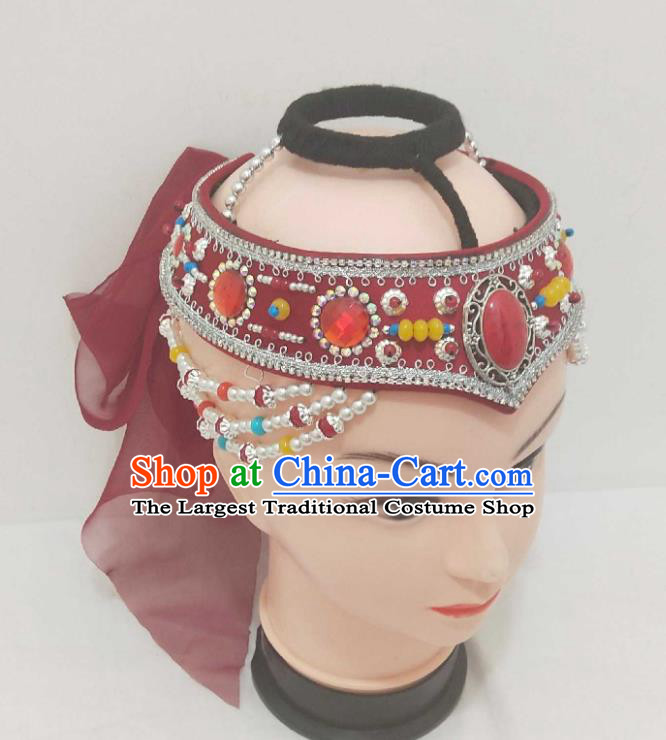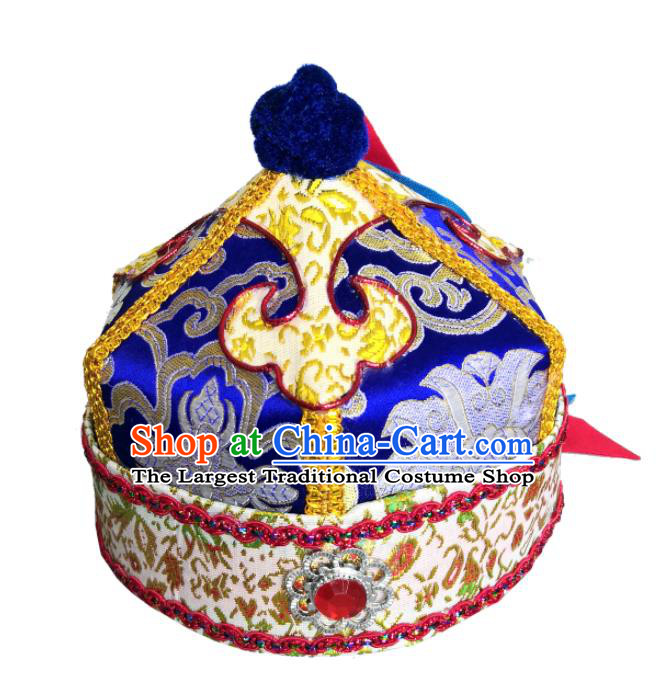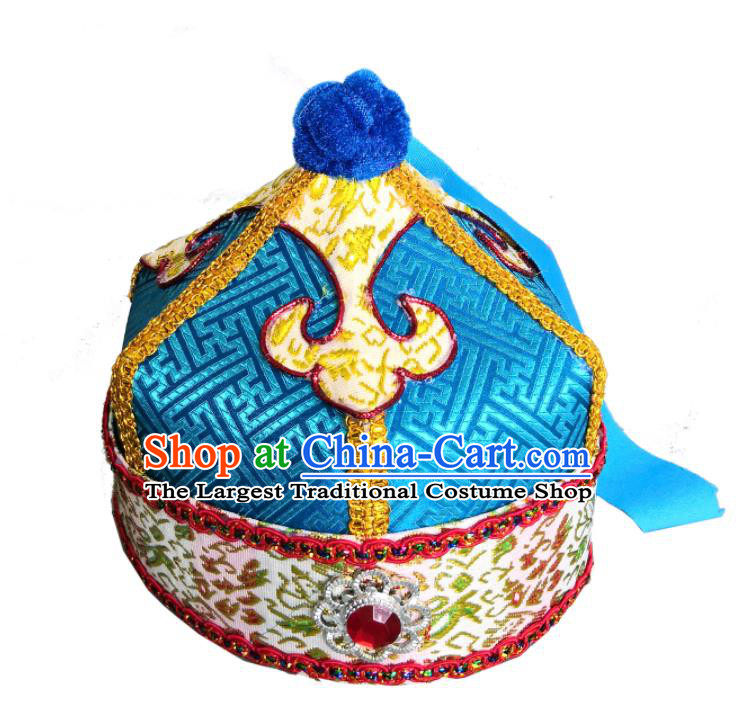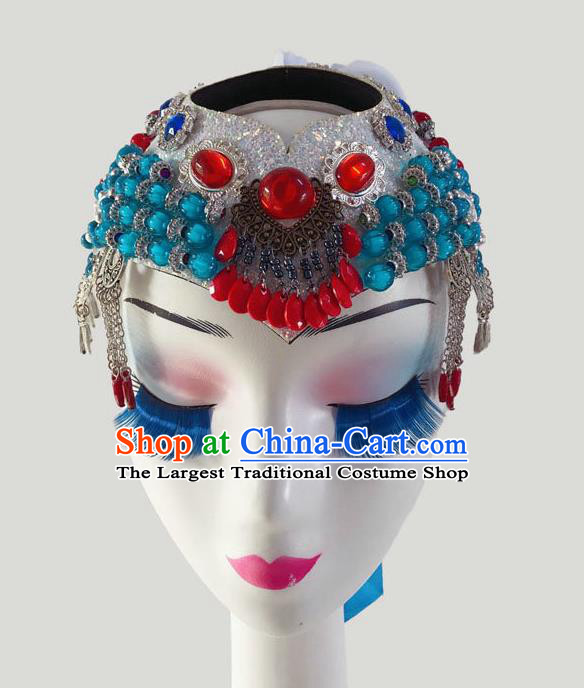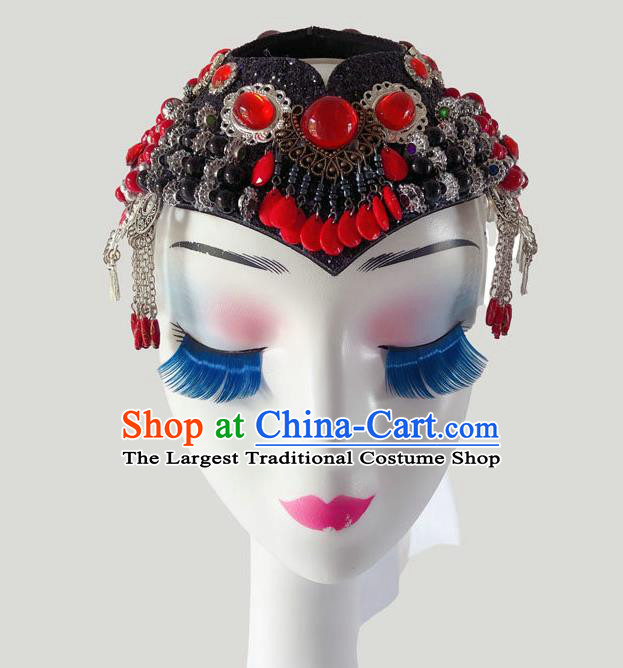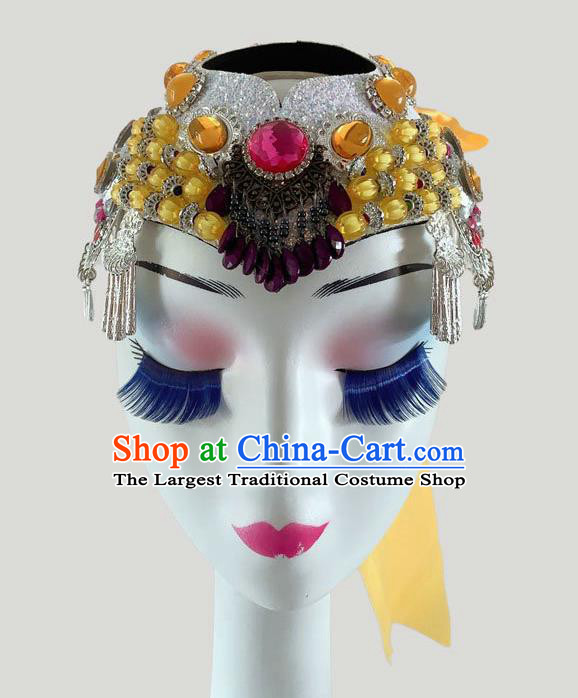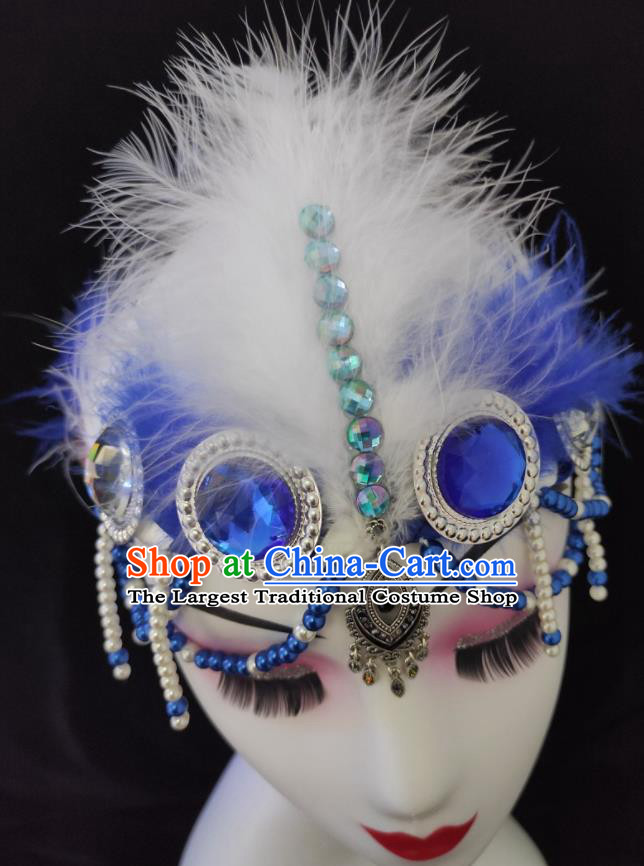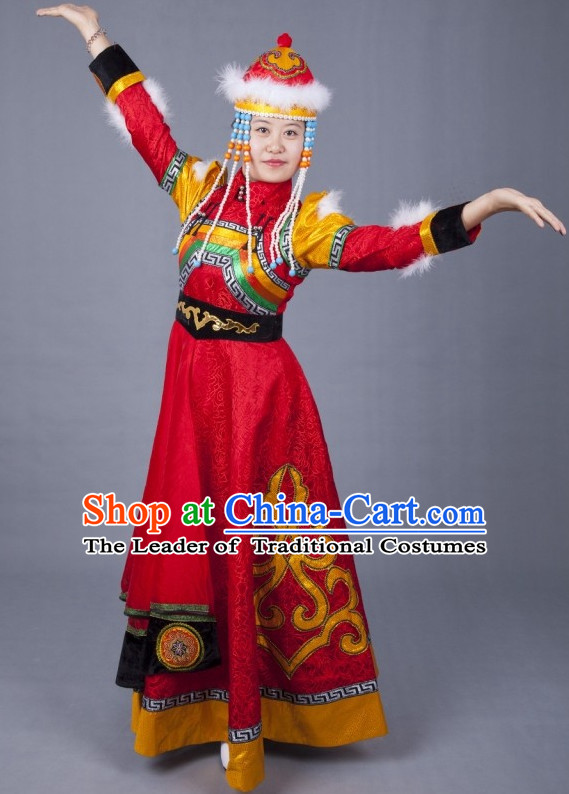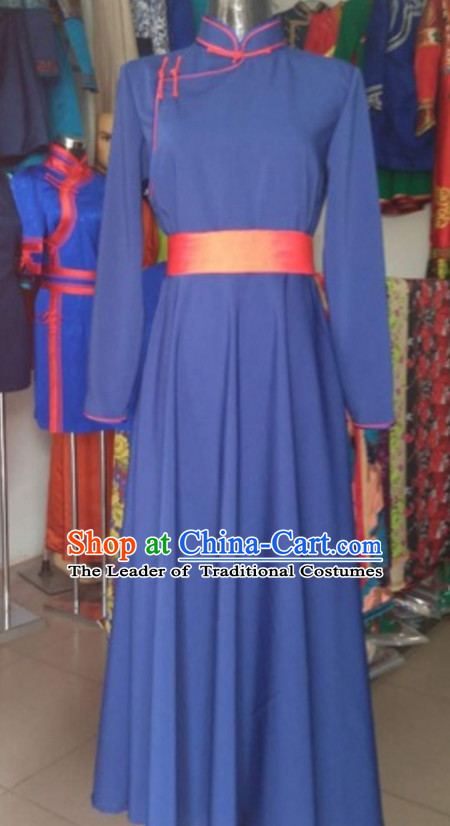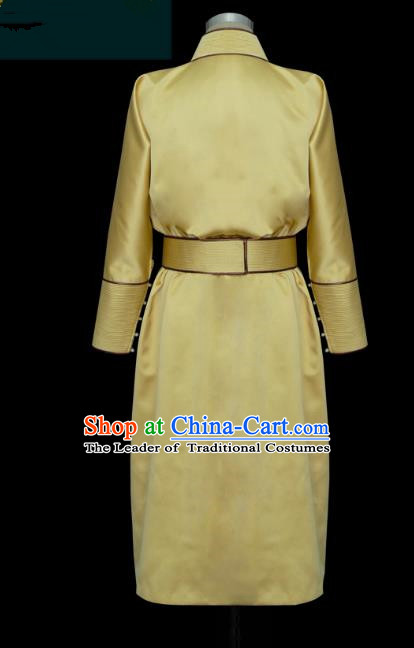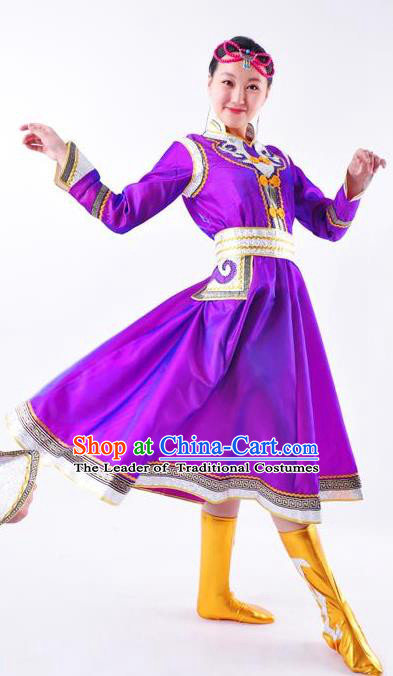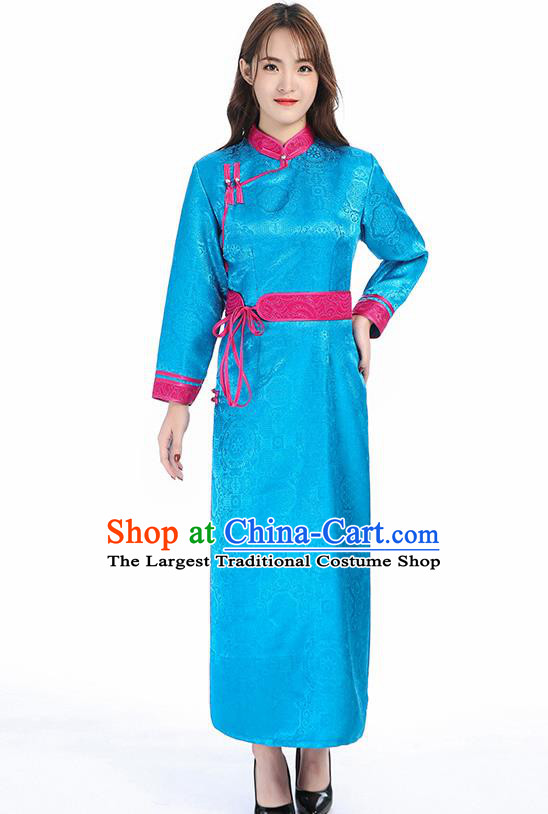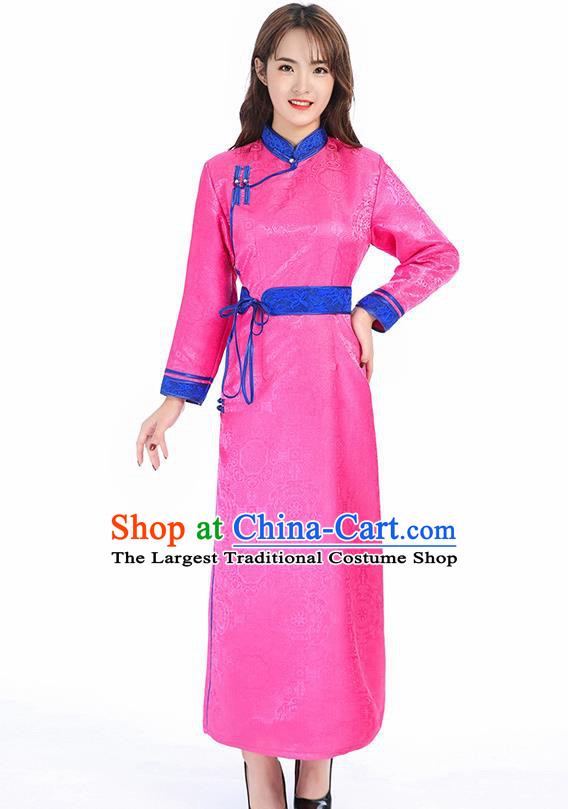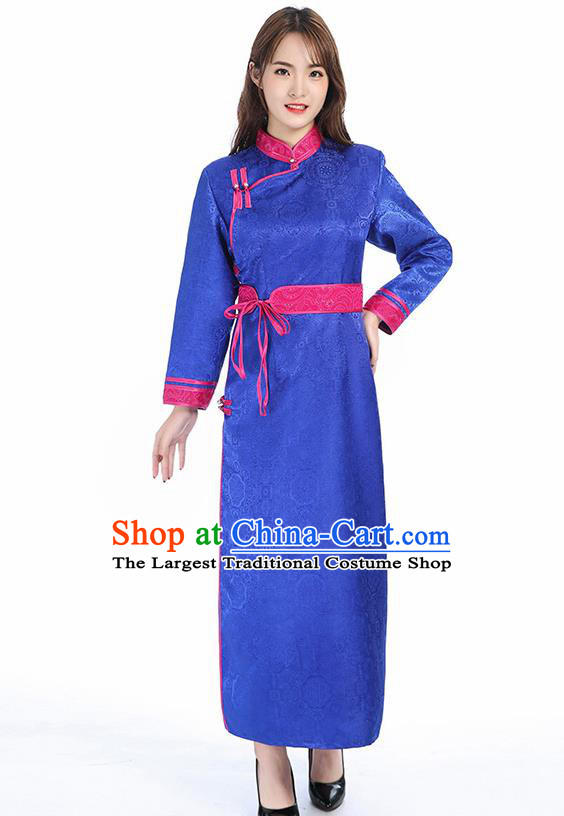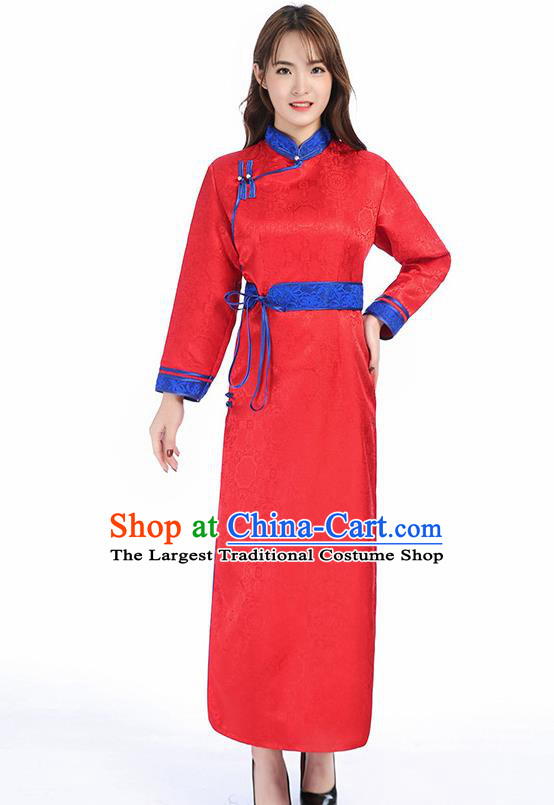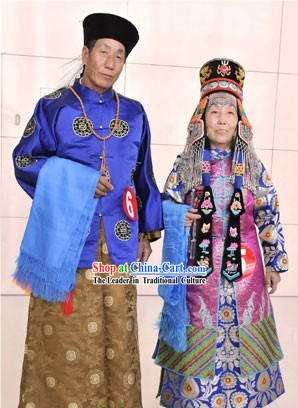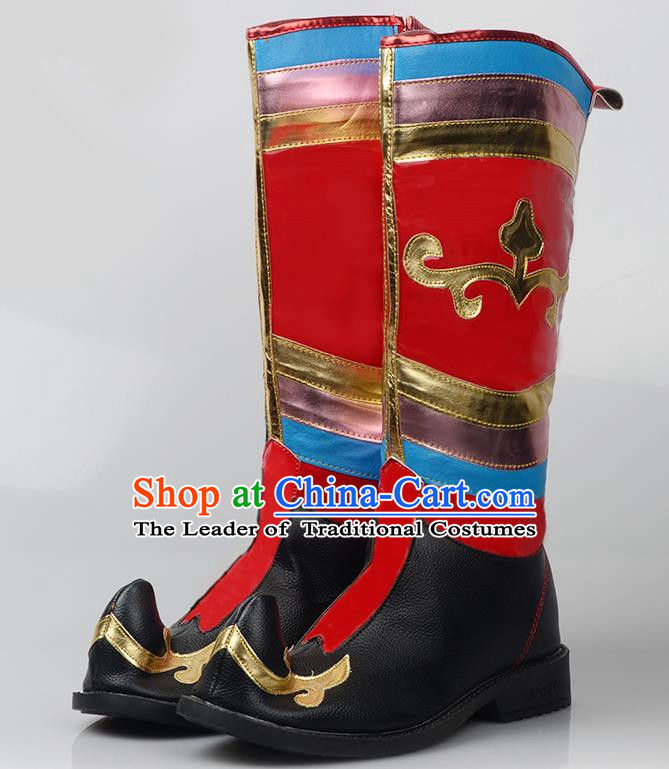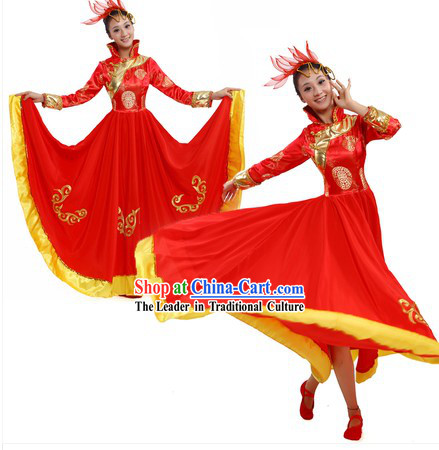
Click Related Pictures for More Audios:
Chinese Mongolian costumes and headdresses provide an elegant and exquisite attire for women, showcasing rich cultural connotations and historical significance.
They combine traditional Chinese elements with Mongolian characteristics, demonstrating cultural exchange and integration among different ethnic groups.
These costumes and headdresses are usually made of silk, featuring bright colors and unique patterns.
Their design inspiration may come from ancient Chinese painting, sculpture, and architectural art, as well as traditional Mongolian clothing.
These costumes and headdresses are not only practical but also decorative and symbolic.
They can be used for various occasions such as weddings, celebrations, religious ceremonies, or dance performances.
In these costumes and headdresses, we can see many details such as embroidery, trimming, and tassels.
The use of these details makes the costumes and headdresses more exquisite and gorgeous.
In addition, some costumes are decorated with jewelry, ribbons, and other ornaments, adding to their overall beauty and value.
The historical significance of these costumes and headdresses lies in their representation of cultural exchange and integration among different ethnic groups.
By combining traditional Chinese elements with Mongolian characteristics, these costumes and headdresses have become a unique cultural heritage, reflecting harmonious coexistence and mutual respect among different ethnic groups.
They also provide us with an opportunity to understand different cultural backgrounds, promoting cross-cultural communication and understanding.
